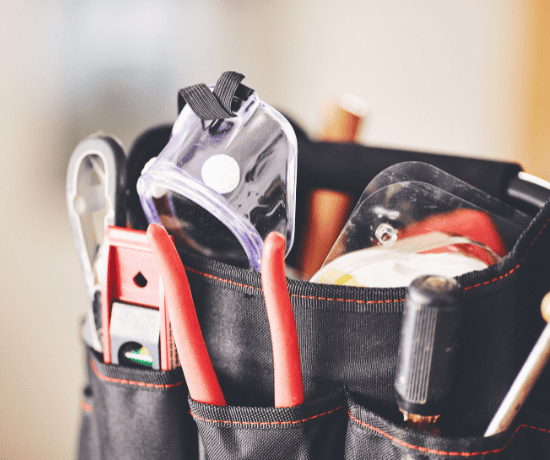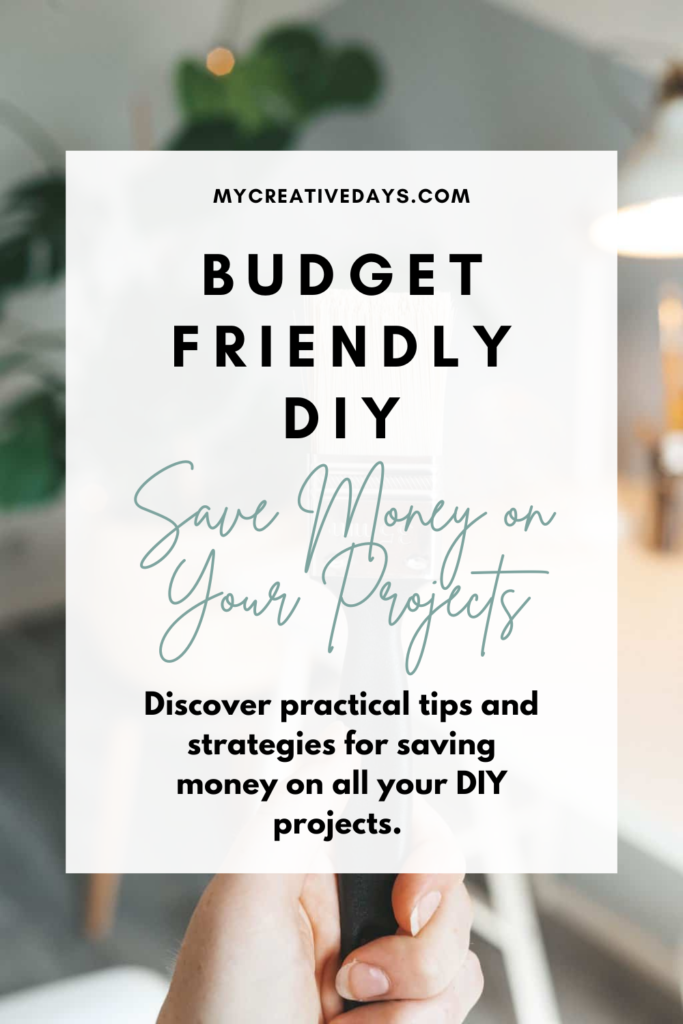Budget Friendly DIY. Discover practical tips and strategies for saving money on your DIY projects. From smart shopping for materials to repurposing household items, learn how to stay within budget while unleashing your creativity. Start your budget-friendly DIY journey today and enjoy the satisfaction of creating without breaking the bank.
DIY projects don’t have to break the bank. In fact, with the right strategies and a little creativity, you can complete remarkable projects while staying within your budget. In this blog post, we’ll share valuable tips and tricks to help you save money on your DIY endeavors. From sourcing affordable materials to repurposing household items, these budget-friendly ideas will empower you to tackle your projects without emptying your wallet. Let’s get started!

-
Plan Ahead:
Before starting any DIY project, take the time to plan and research. Determine the materials and tools needed, and create a detailed project budget. By having a clear plan, you can avoid unnecessary expenses and make informed decisions on where to allocate your resources.
-
Shop Smart for Materials:
Look for deals, discounts, and sales when purchasing materials for your projects. Compare prices at different stores, both online and offline, to find the best deals. Consider visiting thrift stores, yard sales, or online marketplaces for affordable secondhand items that can be repurposed.
-
Use What You Have:
Take a look around your home and identify items you already have that can be used for your DIY projects. Repurpose and upcycle old furniture, jars, or containers instead of buying new ones. By using what you have, you’ll save money while adding a unique touch to your projects.

-
Borrow or Rent Tools:
If you need specialized tools for a specific project, consider borrowing or renting them instead of purchasing. Reach out to friends, family, or neighbors who may have the tools you need. Alternatively, look for tool rental services in your area, which can be a cost-effective solution for one-time or occasional use.
-
Embrace DIY Supplies:
Instead of purchasing expensive pre-made supplies, consider making your own. For example, create your own paint colors by mixing primary colors or make your own cleaning solutions using common household ingredients. DIY supplies can be cost-effective and offer customization options.
-
Prioritize Essential Tools:
While having a well-equipped toolbox is important, focus on purchasing essential tools that you’ll use frequently. Start with the basics and gradually expand your collection as needed. Quality tools may be pricier initially, but they will last longer and save you money in the long run.
-
Join DIY Communities:
Connect with DIY enthusiasts and join online communities or local groups. These communities often share tips, resources, and even swap or donate materials. By networking with fellow DIYers, you can find cost-effective solutions and gain valuable insights from experienced individuals. I started the Furniture Flipping Academy for this reason. It is a game-changer when you are surrounded by people who know and understand what you are doing.

-
DIY Home Decor:
Revamp your home decor with budget-friendly DIY projects. Create your own artwork, throw pillow covers, or decorative accents using affordable materials like fabric remnants, yarn, or thrifted frames. Adding a personal touch to your space doesn’t have to be expensive.
-
Repurpose and Upcycle:
Think creatively and repurpose items that would otherwise be discarded. Turn old pallets into furniture, transform wine bottles into vases, or use mason jars for storage. The possibilities are endless when you let your imagination run wild.
-
Learn New Skills:
Invest time in learning new skills through online tutorials, workshops, or DIY classes. By expanding your knowledge, you’ll be able to take on more projects without relying on costly professional assistance. Learning new skills empowers you to save money and gain a sense of accomplishment.
Don’t let a tight budget hinder your DIY ambitions. With these budget-friendly tips and tricks, you can embark on creative projects while keeping your finances in check. From shopping smart for materials to repurposing household items, these strategies will enable you to save money and unleash your creativity. Remember, DIY is not just about the end result, but also the joy of the process.
PIN THIS POST!

If you like this Budget Friendly DIY post, you will also love these posts:
How To Make Over Your Furniture On A Budget

